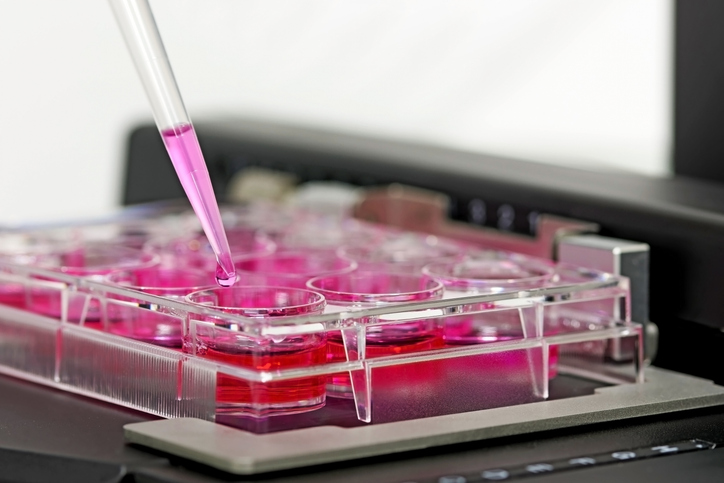Raman spectroscopy is gaining in popularity for in-line analysis. And, say the authors of new research, the technique is likely to play a greater role in process control and automation as technologies advance.
The ability to understand cell cultures in detail has many benefits for biopharmaceutical manufacturers, according to Haibin Qu, PhD, director of the Institute of Pharmaceutical Informatics Zhejiang University in Hangzhou, China.
“The cell culture process involves living cell metabolism, multi-phase transition, and multi-component concentration change, which makes it difficult to ensure batch to batch consistency. The monitoring and control of a CHO cell culture process is beneficial for optimizing the process, improving the quality of products, reducing costs, and increasing efficiency,” notes Qu. “The biggest challenge is to achieve accurate quantification of multiple components without affecting cell culture.”
Cultural complexities
Cell cultures are mixtures of cells, reagents, and nutrients. Some components such as dissolved oxygen are measured in real time. Others, e.g., amino acids and saccharides, are not tracked directly. Instead, off-line measurement of representative samples is undertaken.
Of the various analytical techniques used to track culture components, Raman spectroscopy has gained in popularity in recent years.
Qu told GEN that “Vibrational spectroscopy techniques such as Raman and near-infrared (NIR) are attractive process analytical technology (PAT) tools due to their rapid measurement, non-destructive nature, multi-component detection, and the ability to provide molecular fingerprints of samples.
“With the merit of weak water interference, Raman spectroscopy has been the most widely employed vibrational spectroscopy technique in bioprocess, especially for monitoring nutrients and metabolites in cell culture.”
Automated feeding
But Qu, who wrote about industry use of spectroscopy in a recent paper predicts Raman spectroscopy will play an even more important role as biopharma embraces digital and intensified manufacturing.
“Raman spectroscopy is a powerful tool for monitoring cell culture processes, continued Qu. “However, there are still many problems to be solved in the application process. We are committed to solving these problems and hope that Raman spectroscopy can become the standard of culture monitoring,” Qu said. “Some research about monitoring intensified cultures has been reported.”
Another application is automated feed addition. While research is still at an early stage, the basic idea is to track the concentration of culture components and use this information to automate the addition of nutrients in real time.
“Automatic feeding based on Raman spectroscopy is still under research. In the process of cell culture, the concentration of many substances is low, and it is difficult to quantify using Raman spectroscopy,” pointed out Qu. “In addition, most researchers focus on the regulation of glucose and lactate. The value of automatic control of other components needs to be further studied.”


